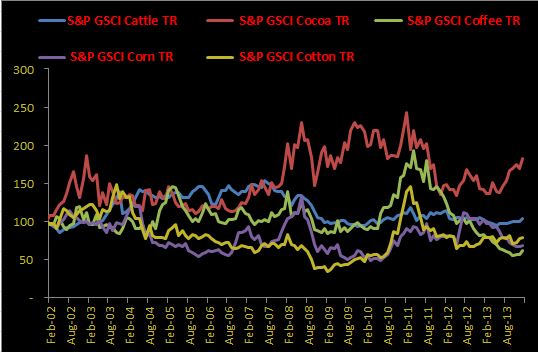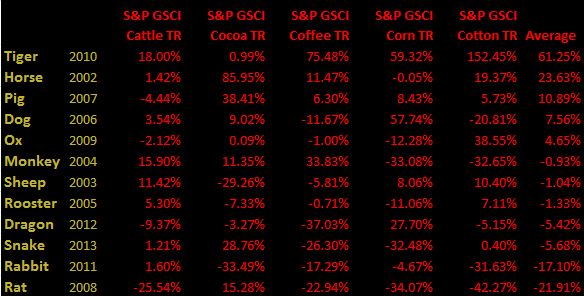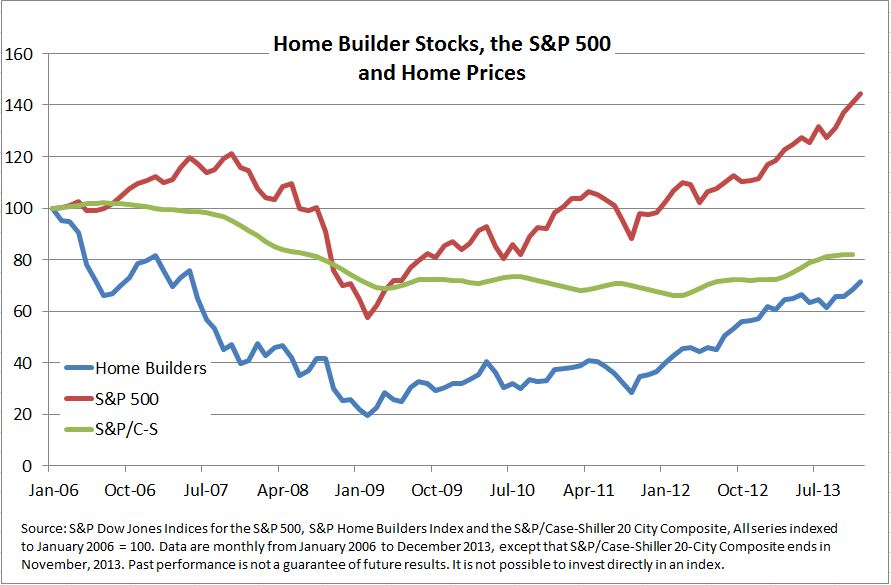Every once and a while there are some events which are totally irrational, but they happen. You toss a coin in the air and it comes up heads five times in a row. The chances of it being heads on the next toss is still 50% – but five in a row. In the market we have a few strange items as well; statements which do not follow logic or analytical analysis. Two for January are below.
SUPER BOWL THEORY IS CORRECT 37 OF THE 47 YEARS
Quarterbacked by Howard Silverblatt, with special teams player David Silverblatt
The Super Bowl Predictor Theory says that the market will gain for the year if an NFC (National Football Conference) team or an AFC (American Football Conference) team with an NFC origin wins the game, otherwise the market will fall – totally irrelevant items to the market. However, the indicator has been correct 37 of the last 47 years, or 78.7% of the time, on a total return basis for the S&P 500. On a stock appreciation basis, 2011 (which lost 0.003% but gained 2.11% on a total return basis), and 1994 (which lost 1.54% and gained 1.32% on total return basis) couldn’t be counted; meaning the count would be 35 of 47, or 74.5%. Either way, 78.7% on a total return basis or 74.5% for stock alone, it is a much better track record than most stock pickers. This year’s game sets the NFC Seattle Seahawks against the AFC Denver Broncos. If Seattle wins the theory says that the S&P 500 will be up this year; if Denver wins the theory says that the market closes down.
AS GOES JANUARY, SO GOES THE YEAR
‘As goes January, so goes the year’ is an old Wall Street saying. What makes the saying irrational is that January is only one of twelve months, and that there is no rational reason to draw such a conclusion. However, the problem is ‘As January goes, so goes the year’ has been right for 62 of the last 85 years, or 72.9% of the time: 51.8% of the time January and the market moved up together and 21.2% of the time they move down together. January has been up 55 times since 1929, with that year being up 44 times, or 80% of the time. The market closed down 30 times in January over that time period, with the year being up 12 times, or 40% of the time. This January the market was down 3.56%, and down 3.46% with dividends – root for Seattle.
———————————–










